Pre-Rolling vs. Post-Rolling
Foam rolling can fall into two categories1: pre-rolling and post-rolling. The pre-and post- referred to when the foam rolling was applied to the subject with their workout. Pre-rolling has benefits to help increase the flexibility of the target muscle without inducing a loss of muscle performance. Still this mechanism is insignificant for the average person working out, and they would benefit just as much from regular stretching. Pre-rolling can help aid in sprint performance and recovery, but, again, unless someone is an elite athlete, this effect is negligible.1
Post-rolling has long been thought to help local recovery from a workout, but the evidence currently suggests otherwise. It can help aid in pain management with sore muscles, which is more of a psychological effect (but nice, nonetheless), but its ability to aid in the recovery/repair of muscle tissue is absent.1 One would be better to go for an easy ten-minute walk after a workout or make it a point to get an extra hour or two of sleep to help facilitate recovery after a workout.
How to Use a Foam Roller
If you feel inclined to use a foam roller for the above-described processes, here is a list of common muscles that can be targeted:
- Quads
- Hamstrings
- Latissimus dorsi muscles (lats)
- Triceps
- Calves
- The lower back
Roll across the entire length of muscle with as much pressure as you can tolerate. Typically 10-20 passes (a pass is from the start of the muscle to the end of the muscle) will do the trick in helping achieve the benefits listed in research.
My favorite uses of the foam roller are for thoracic mobility, and for helping improve hip hinge mechanics. Here are some examples:
1. Thoracic Extension
- Start with the foam roller on the middle of your back, and work your way up towards your upper back, performing a few extensions every few inches that you move up.
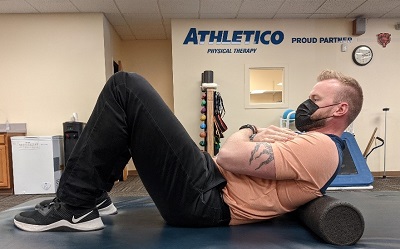
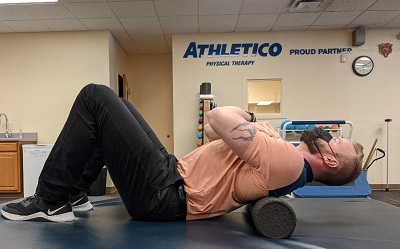
2. Thoracic Rotation
- Begin with a hands and knees position, pick one arm to “thread” through, push the foam roller as far as you can, and return to the start.
- 10-15 per side.
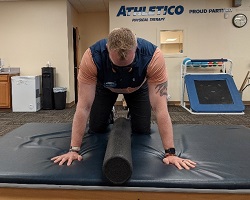
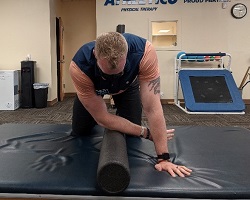
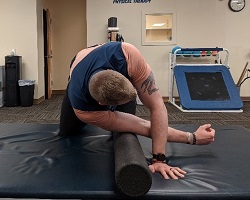
3. Single-Leg Hip Hinge (Romanian Deadlift)
- Place your back leg on the foam roller and make sure to put pressure through your big toe.
- Keep the foam roller as still as possible and perform the RDL as you typically would.
- 3 sets of 8-10 per leg.
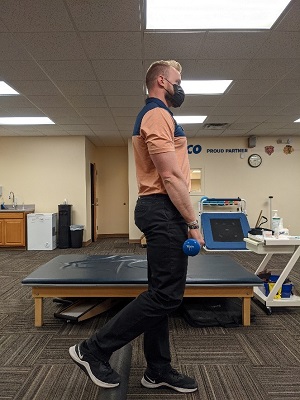
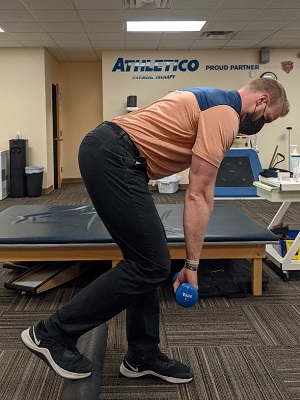
If you have any questions about foam rolling, reach out to your local Athletico to set up a free assessment to see if foam rolling is right for you. Free assessments are available in-clinic and virtually through our Telehealth platform.
Physical therapy is usually the thing you are told to do after medication, x-rays or surgery. The best way to fix your pain is to start where you normally finish – with physical therapy at Athletico.
The Athletico blog is an educational resource written by Athletico employees. Athletico bloggers are licensed professionals who abide by the code of ethics outlined by their respective professional associations. The content published in blog posts represents the opinion of the individual author based on their expertise and experience. The content provided in this blog is for informational purposes only, does not constitute medical advice and should not be relied on for making personal health decisions.
References:
1. Wiewelhove T, Döweling A, Schneider C, et al. A Meta-Analysis of the Effects of Foam Rolling on Performance and Recovery. Front Physiol. 2019;10:376. Published 2019 Apr 9. doi:10.3389/fphys.2019.00376
Tanner Neuberger is a Doctor of Physical Therapy and Certified Manual Therapist who specializes in Orthopedics, Sports Rehabilitation, Dry Needling, and Blood Flow Restriction. Tanner graduated from St. Ambrose University in 2016 and was a collegiate athlete in undergrad at the University of Texas of the Permian Basin. Tanner uses his extensive knowledge of manual therapies and strength and conditioning to get his patients back on track and performing better than ever.

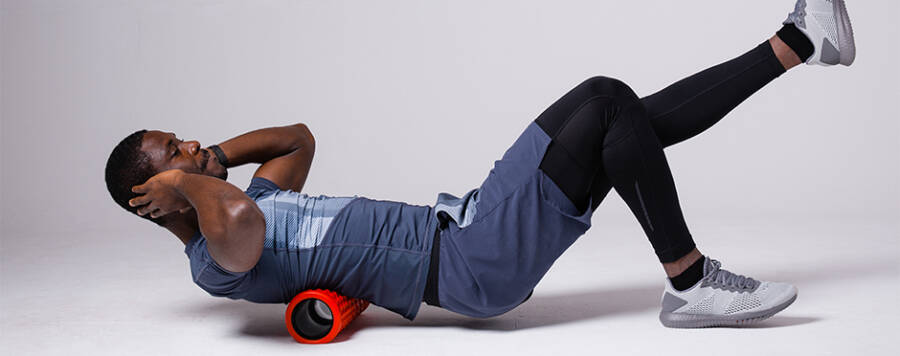 width="900"
height="356"
>
width="900"
height="356"
>

1 Comment
Joanne Linzer
I had Dan McCoy as my therapist a few years back. I never gave my comment, but I want to say he was the best and really helped me get back to action. I went to the Niles lication on Touhy Ave. So Kudos to Dan and the rest of your crew.